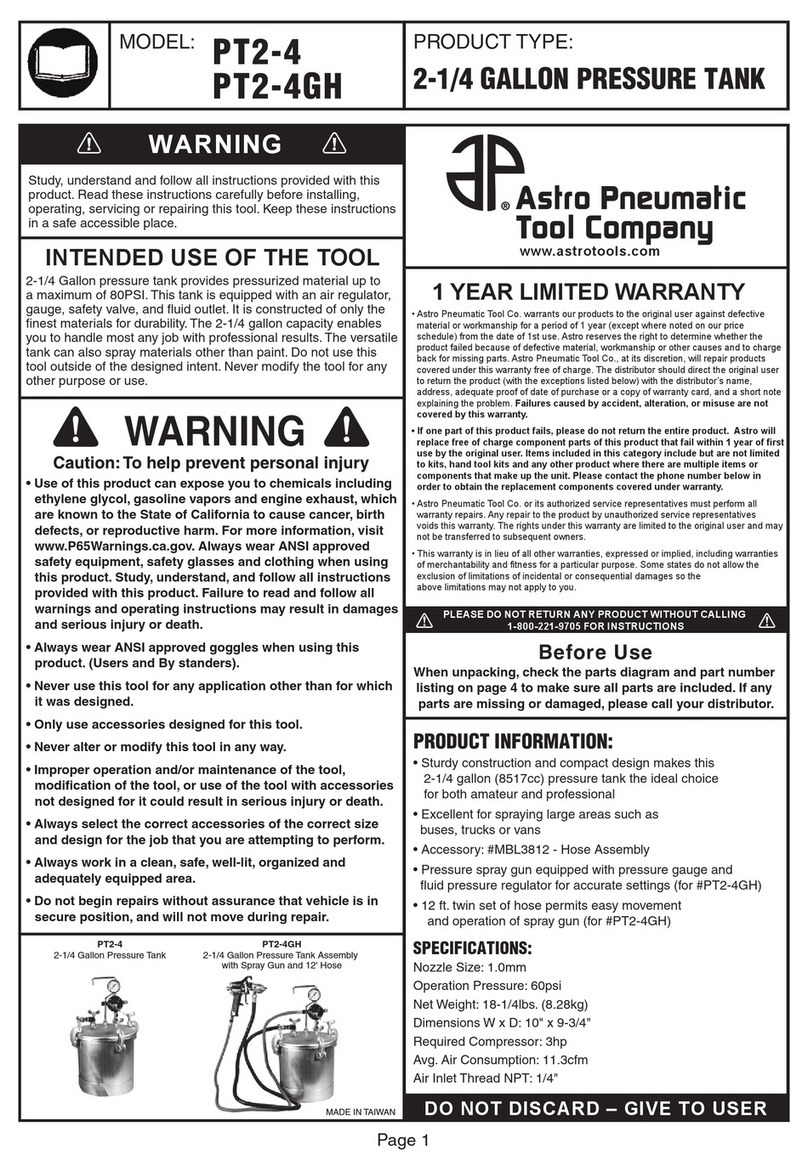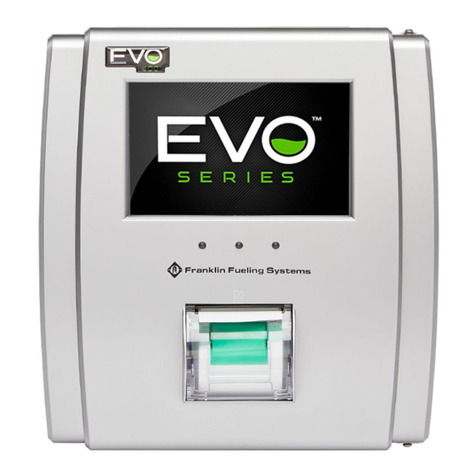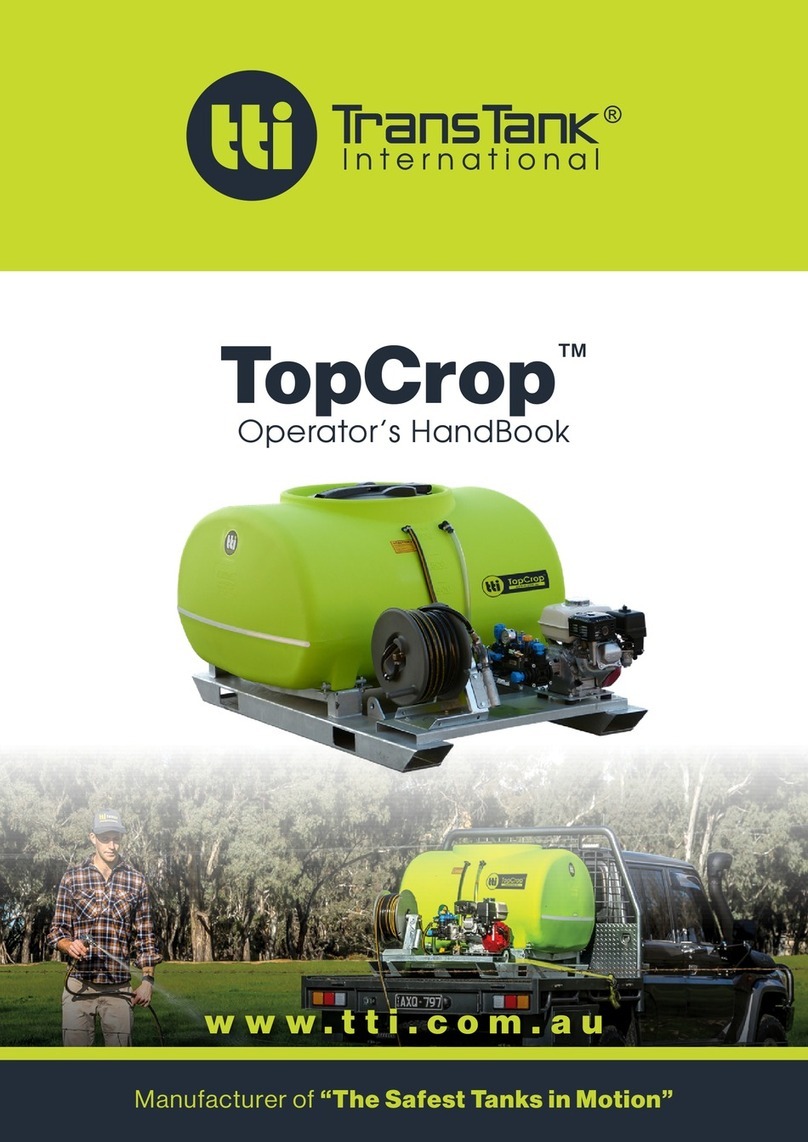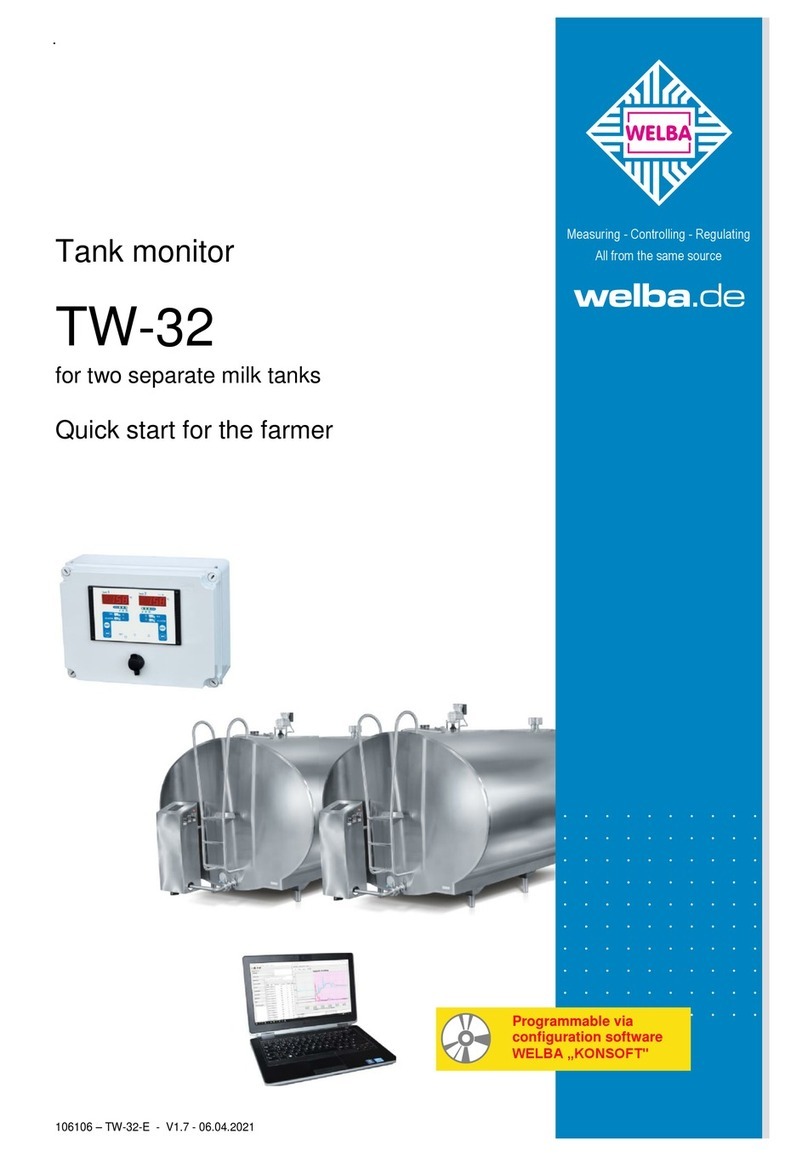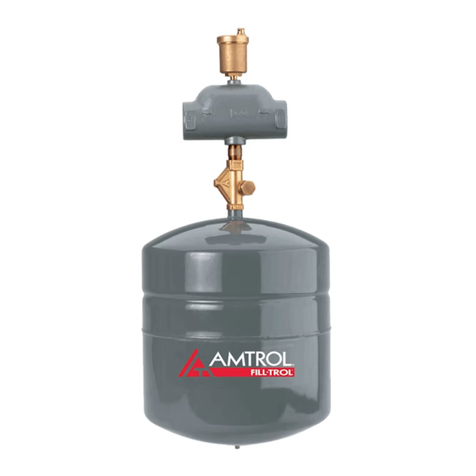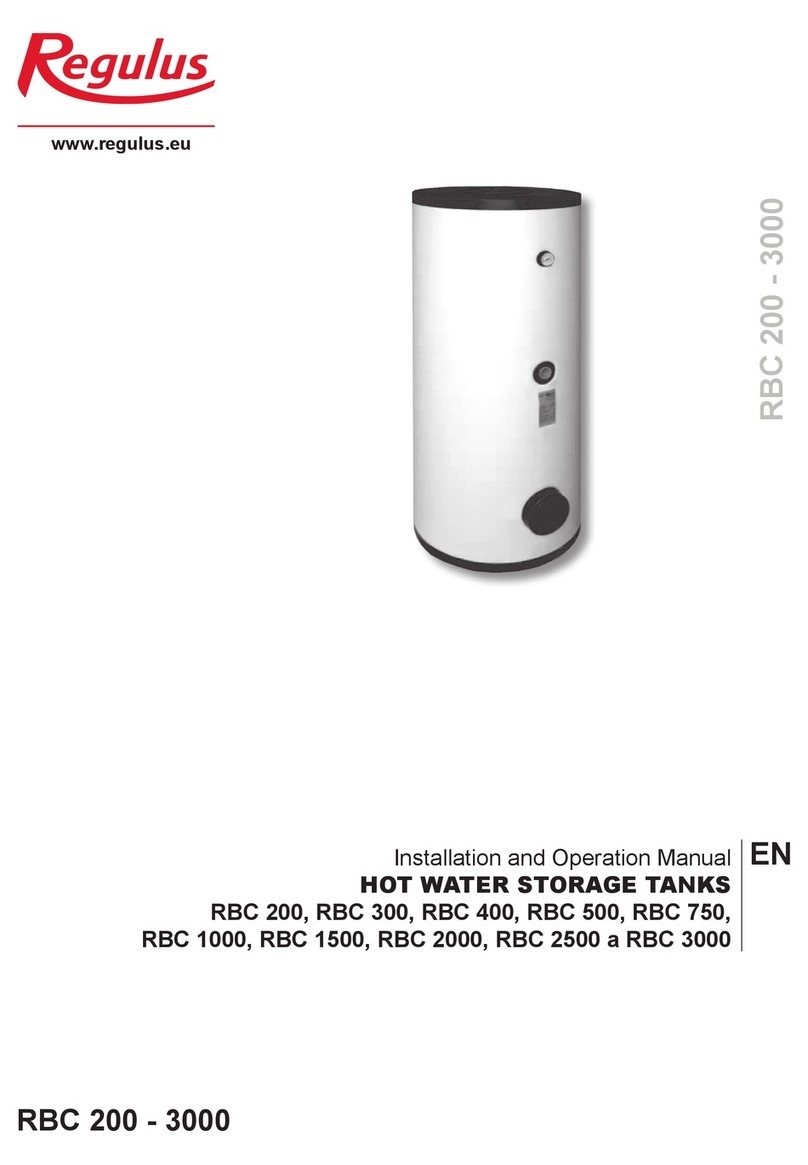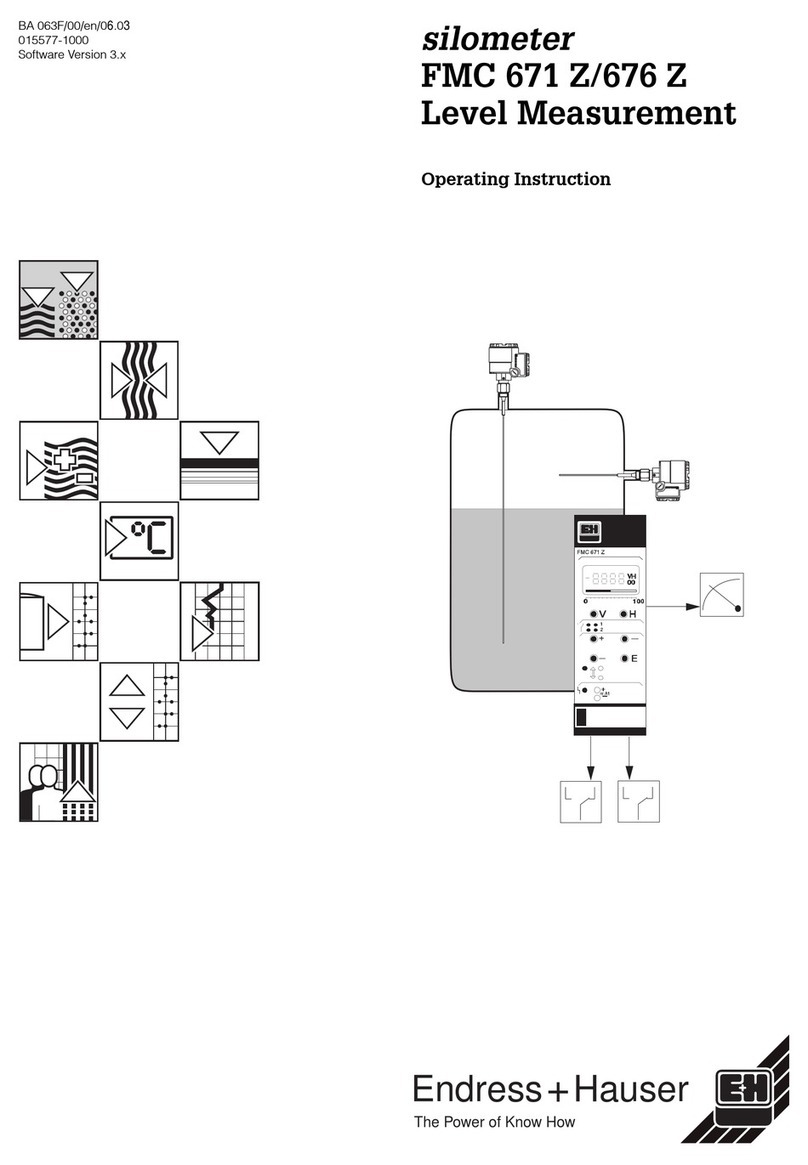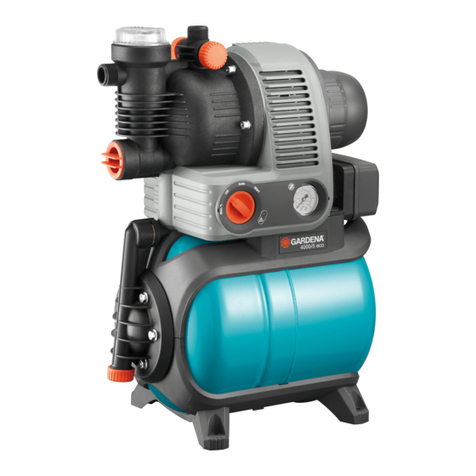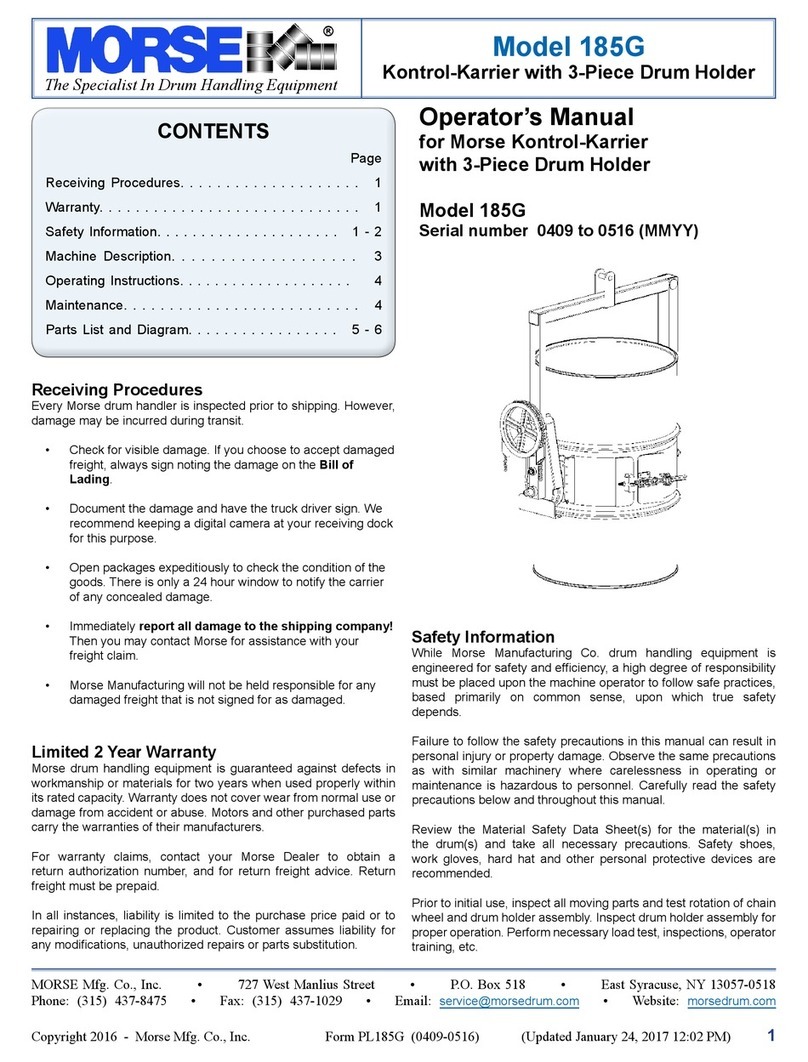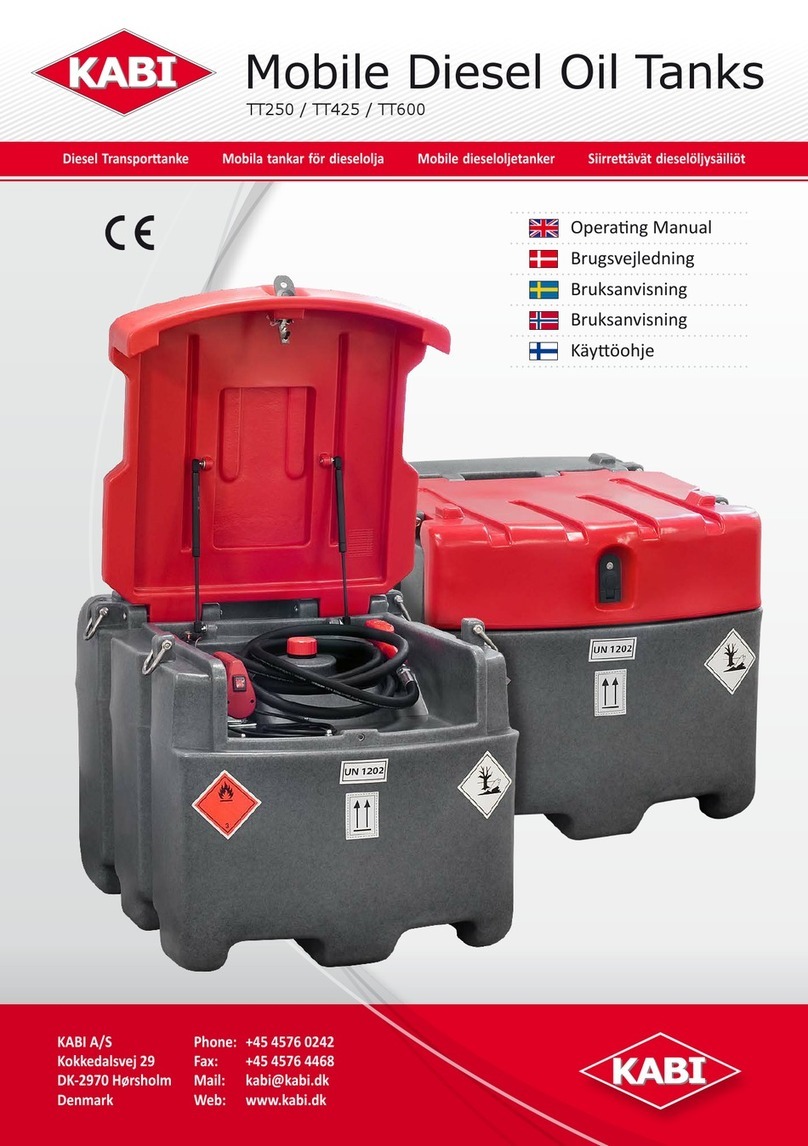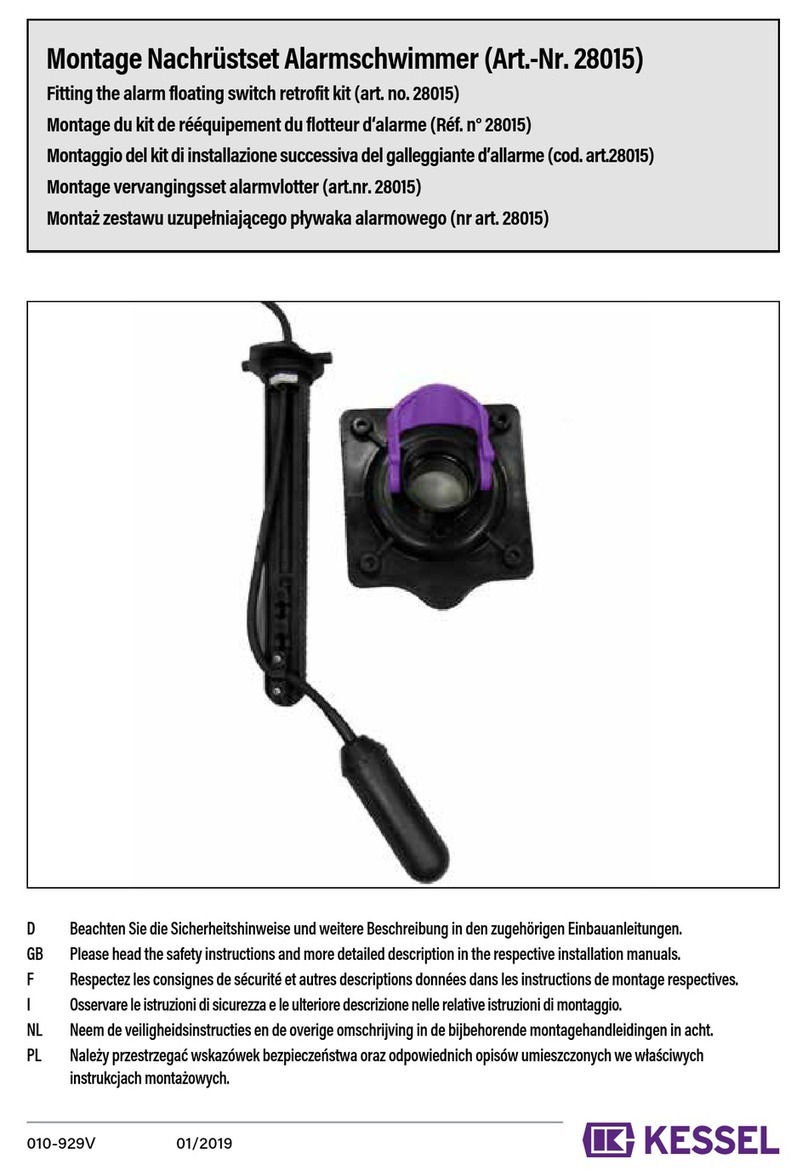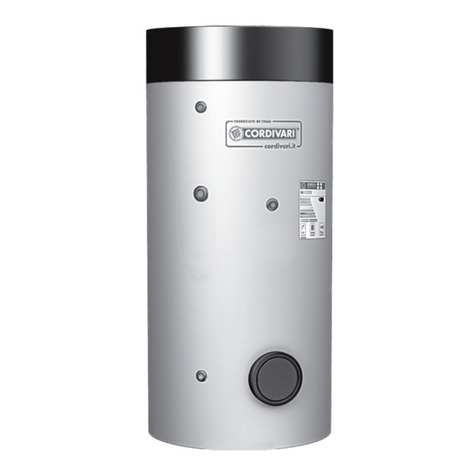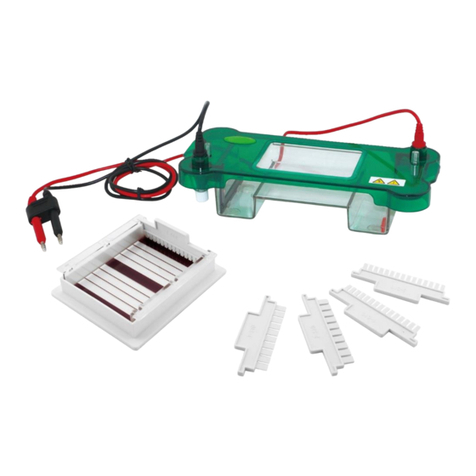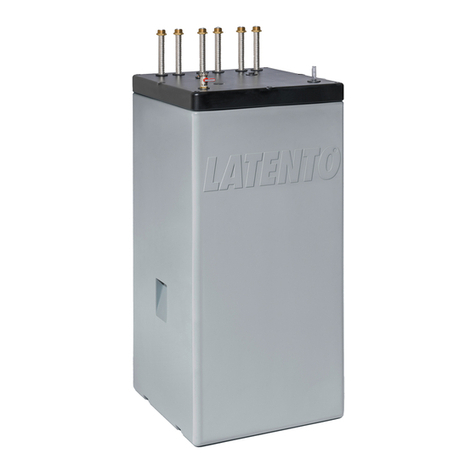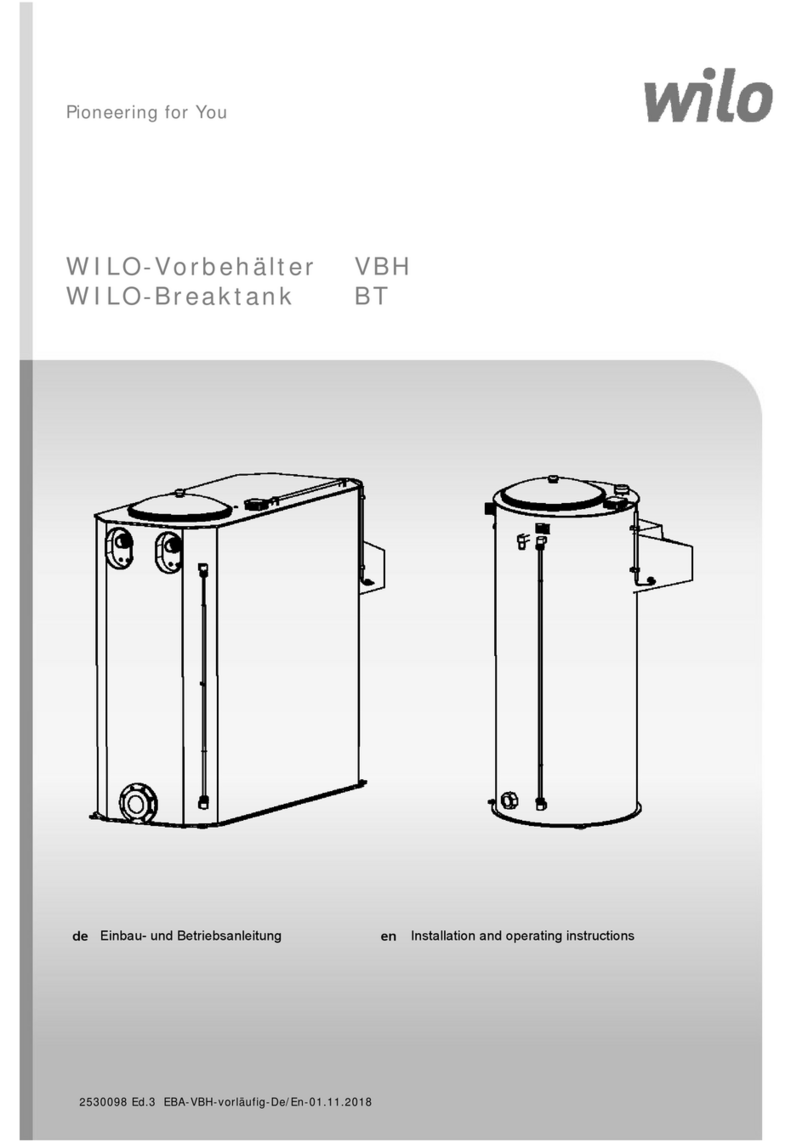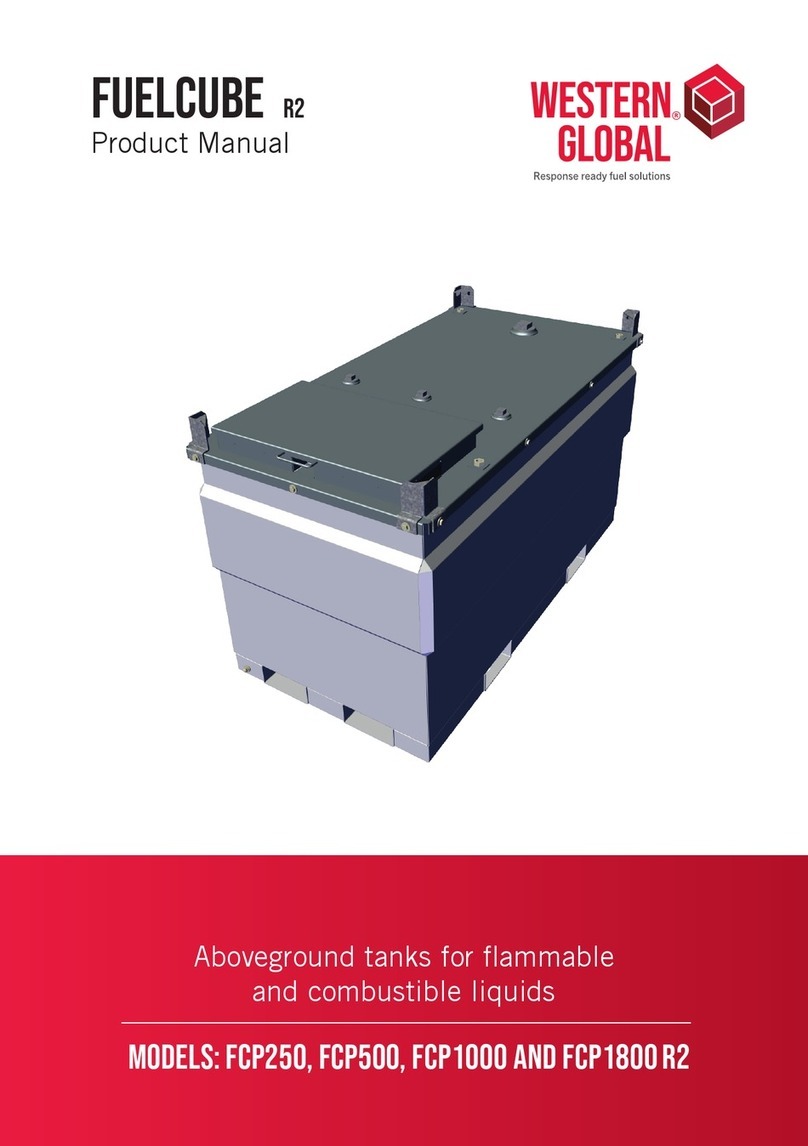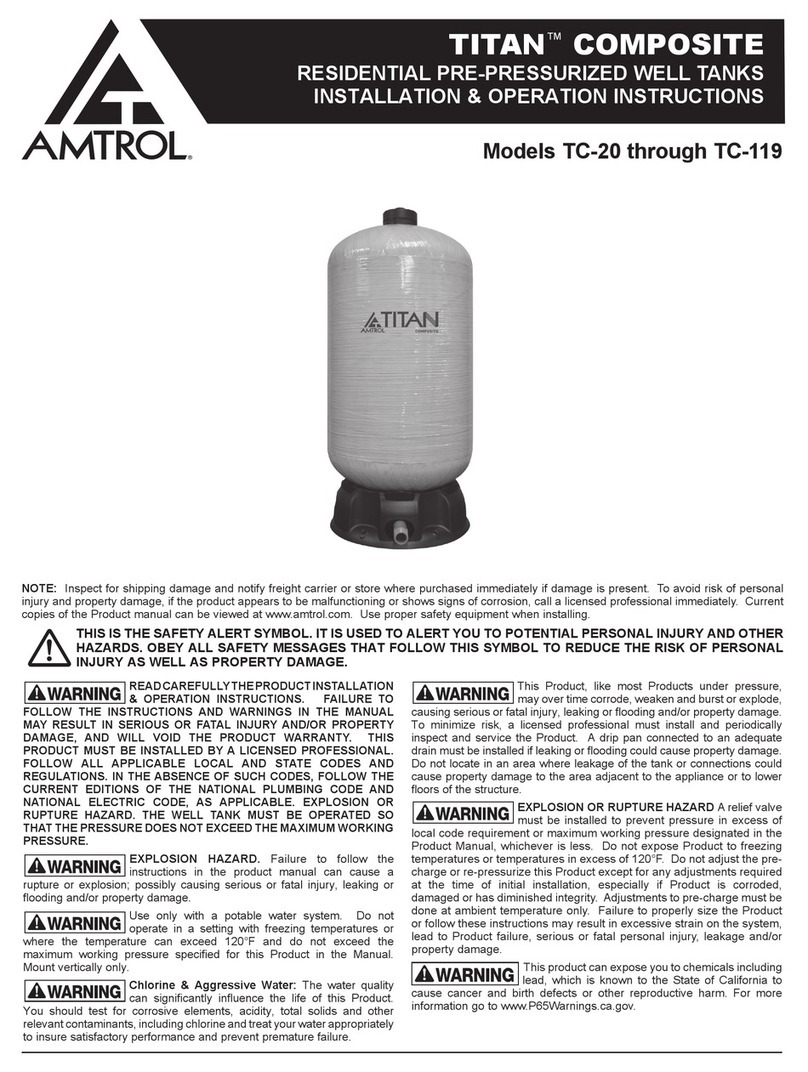
1 Introduction
Short instructionsThe front cover contains short instructions for the standard set-up, level limit detection
with two limit relays, using the FTG 671, DG 57 and Cs 137 source.
In this manualUsers unfamiliar with the Gammapilot FTG 671 must read the operating instructions
which are structured as follows:
•Chapter 1: Introduction;
contains general information including application, measurement
principle and functional description.
•Chapter 2: Installation
contains instructions on the installation of the radioactive source,
Geiger-Müller and scintillation counters, Gammapilot FTG card,
hardware configuration, connection diagrams and technical data
for the plug-in card.
•Chapter 3: Controls;
describes operation with the front panel keys, Commulog VU 260 Z
and ZA 67…gateways.
•Chapter 4: Calibration and Operation;
tells you how to commission and operate the Gammapilot for level
limit detection.
•Chapter 5: Limit Switches;
describes in detail the setting of the relays for fail-safe or
acknowleged operation.
•Chapter 6: Trouble-Shooting;
contains a description of the self-checking system with error
messages, the simulation feature as well as instructions for
configuration on replacement of the transmitter, source or detector.
•Index lists key words to help you find information quickly.
Further documentationIn addition to this manual, the following publications provide information on configuration
of the Gammapilot FTG 671.
•BA 028 Commulog VU 260 Z handheld terminal
•BA 054 ZA 672 Modbus Gateway
•BA 073 ZA 673 Profibus Gateway
•BA 085 ZA 674 FIP Gateway
The installation of the radioactive source and detector is described in the documentation
accompanying these articles as well as briefly in Chapter 2.
•TI 264F Source Container QG 020/100
•TI 346F Source Container QG 2000
•TI 180F Scintillation Detectors DG 57
•TI 197F Geiger-Müller counters DG 17 and DG 27
When installing detectors in explosion hazardous areas the instructions included in the
accompanying certification must also be observed.
Gammapilot FTG 671 Chapter 1: Introduction
5
